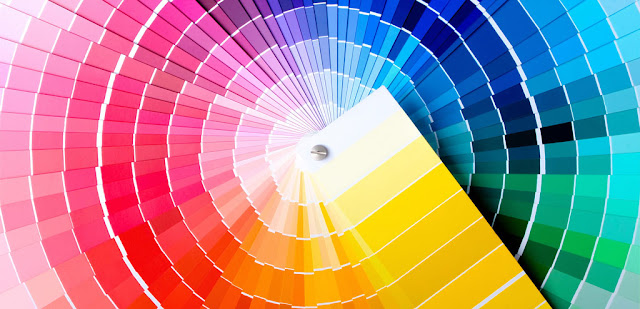Why Should We Calibrate Our Computer Monitor?
Here is something else to keep in mind. Have you ever wondered why the colours you see on your monitor don't match the scene you photographed or, for that matter, the images once they are printed? That’s because what you see on-screen is only as accurate as your monitor.
Computer monitors all vary just in their "out-of-box" settings. Even monitors from the same manufacturer can vary from monitor to monitor. Over time, the colour performance of monitors change – phosphors and LCD filters begin to fade, so your monitor starts to drift into unknown colours.
Fortunately, there's an easy way to fix this. Calibrating and profiling will optimise your monitor's settings for contrast, brightness and colour temperature, and allow you to see your "true colours."
It is simple! A colour measurement device is connected to the computer whose monitor you want to calibrate. The measurement device is used to read the colour values of your monitor. The software supplied with the measurement device then uses this information to calibrate your monitor and bring it back to a known standard of performance for contrast and colour balance. It will then create specific information that describes your monitor and will automatically save it to the computer. Then you're done!
If precise colour matching is critical to your work, you can opt for the more advanced features available in many of the available solutions. For example:
There are a few other considerations when accurate colour viewing is essential. Consider the following:
Computer monitors all vary just in their "out-of-box" settings. Even monitors from the same manufacturer can vary from monitor to monitor. Over time, the colour performance of monitors change – phosphors and LCD filters begin to fade, so your monitor starts to drift into unknown colours.
What Photographers Need to Know to Get Accurate Colours
Photographers who need accurate colours may benefit from many different types of printer or camera calibrations, but as a minimum, a colour-accurate monitor is a "must". Whether viewing or outputting, seeing accurate colour eliminates trial-and-error. Think of the time you'll save!Fortunately, there's an easy way to fix this. Calibrating and profiling will optimise your monitor's settings for contrast, brightness and colour temperature, and allow you to see your "true colours."
How Does Monitor Calibration Work?
It is simple! A colour measurement device is connected to the computer whose monitor you want to calibrate. The measurement device is used to read the colour values of your monitor. The software supplied with the measurement device then uses this information to calibrate your monitor and bring it back to a known standard of performance for contrast and colour balance. It will then create specific information that describes your monitor and will automatically save it to the computer. Then you're done!
If precise colour matching is critical to your work, you can opt for the more advanced features available in many of the available solutions. For example:
- To ensure you are viewing your prints in the same light, select a colour measurement device with an ambient light head to measure the light around the monitor.
- If you need all the monitors in your studio to display the same brightness, you may find the ability to set monitor luminance valuable.
- Having the white on your monitor match the paper you print on may be useful, so you'll want a program that offers the ability to set a paper white point.
- Images displayed on multiple calibrated monitors will look more or less the same, but may vary slightly if the monitors have a different colour gamut. Networked monitor calibration lets you pick one monitor as the studio "standard," save the calibration values, and use these values as a standard for the other monitors; ensuring closer matching on multiple machines.
What if Accurate Colour Viewing Is Essential?
There are a few other considerations when accurate colour viewing is essential. Consider the following:
- Do not position your monitor facing a window.
- Do not position your monitor facing a brightly painted wall.
- Try to keep your editing/viewing area as neutral as possible.
- Try to maintain consistent lighting in your editing/viewing room.
- You need to calibrate your monitor regularly. As mentioned above monitor performance changes as mechanical components age.





Comments
Post a Comment